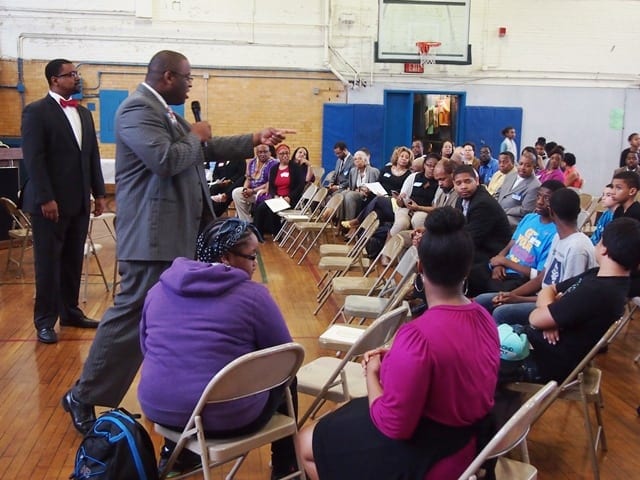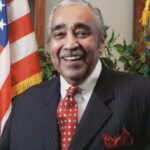
Yawu Miller
City Councilor Charles Yancey’s resolution last week to commemorate the 50th anniversary of Brown v. the Board of Education, the 1954 Supreme Court ruling that declared legally segregated schools unconstitutional, ignited controversy on the City Council after three counselors declined to vote in support.
At-large city Councilor Stephen Murphy, District 1 City Councilor Sal LaMattina and District 2 City Councilor Bill Linehan voted present.
While Murphy and Linehan told reporters they didn’t have time to review the resolution, District 7 Councilor Tito Jackson said resolutions like the one Yancey advanced are often filed the day of the body’s weekly meeting.
“I was very surprised,” he said. “We do resolutions like this on a regular basis. It’s something I think everyone should be able to support. Brown versus the Board of Education laid the framework for equality in education in the United States of America.”
School segregation was outlawed by the Massachusetts Legislature in 1855, following the Roberts v. City of Boston case, but by the early 1970s, the city’s schools operated under defacto segregation, with schools in black neighborhoods facing overcrowding and receiving fewer supplies and services than schools in white neighborhoods.
“We shouldn’t have had to deal with what we had – books with no covers, crowded classrooms,” said Lena Reddick, an educational specialist at the Higginson Lewis Middle School in Roxbury, who grew up during Boston’s desegregation battle. “I had seven homeroom teachers in one year.”
When black activists and elected officials filed a lawsuit against the Boston School Committee, they called for equal access to jobs and educational resources.
A judge agreed, ordering that the city’s schools be desegregated by busing, and mandating the hiring of black teachers, janitors and other school personnel. Busing sparked protests in the city’s white communities, with white students and parents pelting buses of Roxbury children in South Boston, Hyde Park and other predominantly white neighborhoods.
Like many black students during that era, Reddick stresses the busing was a means to achieving equality.
“I would rather have been able to go across the street to a neighborhood school,” she said. “This was not about busing. It was about fair access to equal education.”
Although the schools have been freed of the court order for more than 10 years, white resentment about busing still runs strong with some white elected officials, according to Horace Small, executive director of the Union of Minority Neighborhoods.
“The Tea Party unanimously endorsed the celebration of Brown v. the Board of Education,” he said. “At some point, these people gotta grow up, particularly someone like Steve Murphy who needs the black vote to win. He’s going to have to figure out how to fix this. Black people aren’t going to forget.”







